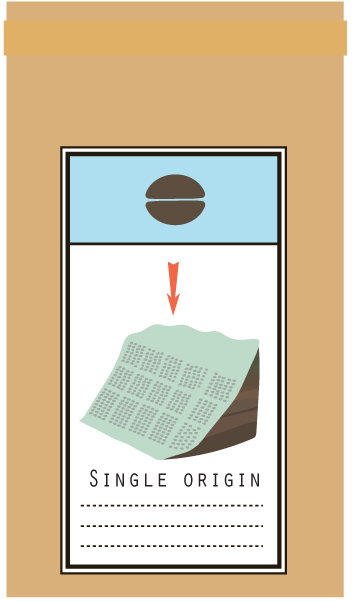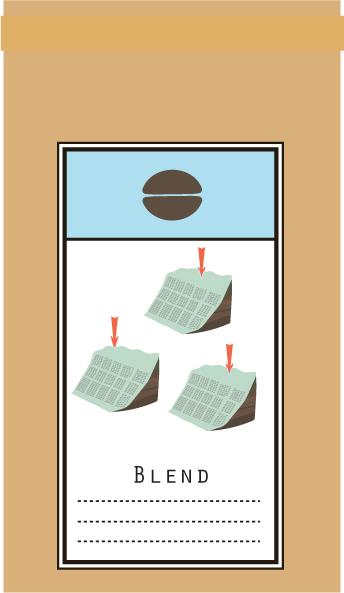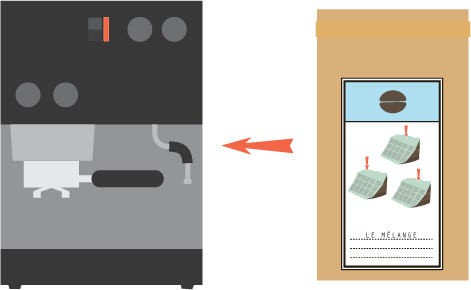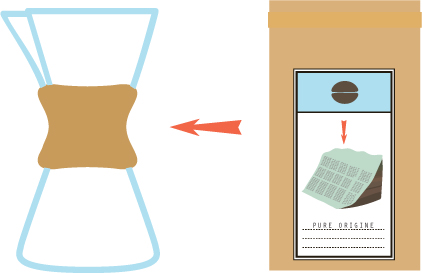BLEND OR SINGLE ORIGIN?
There are two kinds of coffee out there: coffee from a single origin and coffee that is a blend of several origins.
Single origin
There are various definitions of “single origin.” The one most commonly accepted defines single origin as referring to beans from a single terroir—for example, beans harvested on a single farm. By extension, coffee harvested on several farms but pooled at the same washing station can be deemed single origin as well.
Single origin presents a unique, typical character that the experienced taster will be able to appreciate: through the bean, he can recognize and assess the terroir (soil type, climate, exposure, etc.) as well as the work that has gone into the cultivation, harvesting, and drying.

The blend
A blend is a combination of coffees of different origins (regions, countries…). The big companies generally blend their coffee, as it enables them to harmonize the flavor of the coffee and offer consumers a consistent taste by adjusting the proportions of the coffees in the blend. Not only that, but when done well, the blend can also be better than the coffees of which it is composed.

Which package for which brewing method?

Espresso is a temperamental process! That is why it is safer to use a blend: this maximizes the chances of obtaining a consistent coffee that is undemanding, balanced, and easy to make. In the right dose, the blend combines the qualities of the various coffees (sweetness in the case of Brazil, acidity and aromas for Ethiopia, etc.) and compensates for the numerous difficulties associated with this process, as well as the instability of domestic espresso machines.
Slow methods bring out the subtleties of the finest coffees; so the specialty coffees intended for slow-brew methods are generally single origin. Nevertheless, some roasters offer blends for slow brewing to develop a richer array of flavors.

